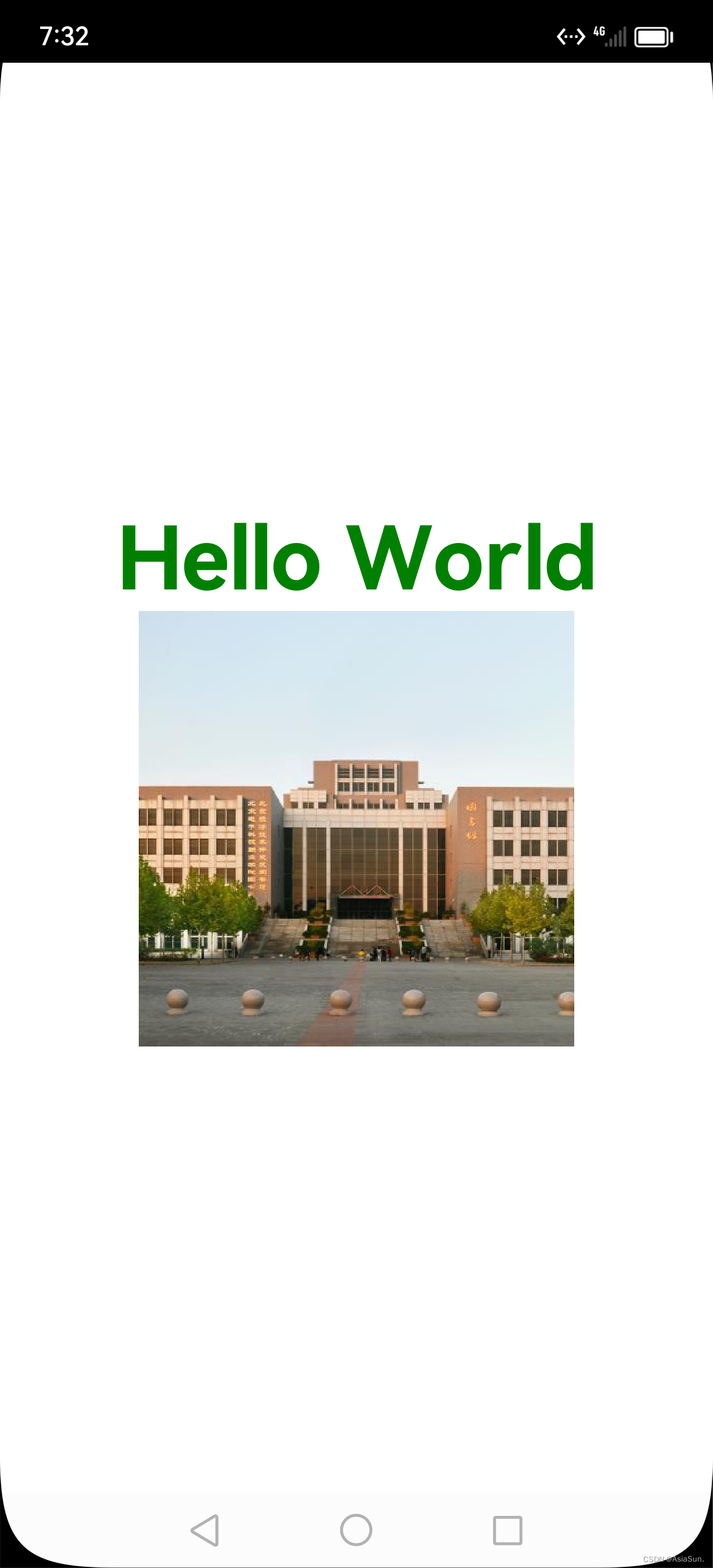
TypeScript基本语法:
变量声明
let 修饰变量
const修饰常量
//定义一个字符串类型
let msg: string = "123"
//定义数字类型,包括:整数、浮点数
let num: number = 12.9
//布尔类型
let boolValue: boolean = true
//可以定义任何类型
let a: any = 12
a = "12"
//可以取值规定的3种类型
let unionValue: string|number|boolean = "123"
unionValue = 299
//字典
let person = {
name: 'Jack', age: 29}
console.log(msg, num, boolValue, a, unionValue, person.name)
//数组1
let array:Array<string> = ["123", "222"]
//数组2
let array2: number[] = [233, 222]
console.log(array[1])
console.log(array2[1])
在TypeScript里面,空字符串、数字0、null、undefined都被认为是false
跟OC一样,不用强制写false
条件语句
if-else以及switch语法,跟其他语法一样,不讲
for循环
对于for循环,有for-in和for-of两种方式:
for-in,取到的是index
for-of,取到的是元素
//数组1
let array:Array<string> = ["123", "222"]
//数组2
let array2: number[] = [233, 222]
for (const i in array){
console.log(i)//0,1
}
for (const i of array){
console.log(i)//233,222
}
函数
函数要以function开头,支持可选参数、默认参数、箭头函数等特殊语法
//sayHello 方法名
//name: string 参数以及参数类型
//: void 返回值类型
function sayHello(name: string): void{
console.log('你好' + name + '!')
}
//函数调用
sayHello("jack")
以上写法,可以修改为箭头函数
//函数也是一种类型,也就是函数是高阶函数,可以做参数、返回值
//let sayHello2 其实是: let sayHello2: 函数类型
let sayHello2 = (name: string) => {
console.log('你好2' + name + '!')
}
sayHello2("lili")
可选参数、默认参数
function sayHello3(name?: string){
name = name ? name : "陌生人"
console.log('你好3' + name + '!')
}
sayHello3("jack3")
sayHello3()
function sayHello4(name: string = "陌生人"){
console.log('你好4' + name + '!')
}
sayHello4("jack4")
sayHello4()
类和接口
TS具有面向对象的基本语法:interface、class、enum等,也具备封装、继承、多态等面向对象的基本特征
有关:interface、class、enum
//定义枚举
enum Message {
//逗号隔开,且枚举被赋值
HI = 'hi',
HELLO = 'hello'
}
//定义一个接口A
interface A {
//接口里面的函数,不加function
say(message: Message):void
}
//实现接口
class B implements A {
//函数的实现
say(message: Message):void{
console.log(message + '123')
}
}
//创建一个类B,给a
let a1 = new B()
a1.say(Message.HI)
有关类、继承
//定义一个类
class Rectangle {
</




 最低0.47元/天 解锁文章
最低0.47元/天 解锁文章

















 1268
1268

 被折叠的 条评论
为什么被折叠?
被折叠的 条评论
为什么被折叠?








